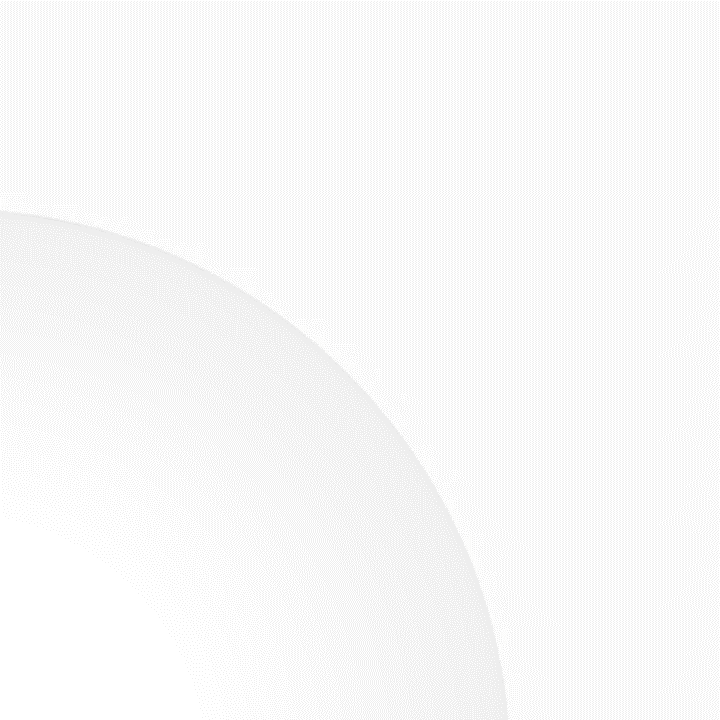// PROJECT NAME
MiSeq i100 First Time Setup
// ROLE
Concepting
Motion Design
Interface Design
Design Systems
// Date
2023
Illumina sought to create the most accessible genomics sequncer yet to introduce sequencing to new users and labs with little technical support. This means out of the box configuration that would not require Field Support Engineers to initialize an instrument through firmware interfaces - making it the first instrument of its kind. To reflect that, the Experience Design team pursued new concepts of instrument initialization and first-time setup.
Designing the first-time setup for the MiSeq i100 was about more than just usability—it was about lowering the barrier to genomics itself. This concept set out to reimagine how a sequencing instrument could welcome new users, transforming what was once a highly technical, engineer-led process into an approachable, guided experience. By blending brand expression, clarity of interaction, and moments of personalization, the work explored how Illumina could make advanced science feel accessible, empowering, and human from the very first touchpoint.
// FINAL INITIALIZATION


// INITIALIZATION CONCEPT
In previous instruments the initialization screen was a simple looping animation. Because Field Support Engineers were the only people to ever see it, the animation did not warrant more than a simple reflection of the brand. In this instrument a user would be with the instrument through the entire initialization phase, so it now we needed to improve on the Illumina brand of quality and percision, while also communicating progress.
Our final initialization animation sought to improve upon the user's experience with the instrument. Because the initialization step could take up to 25 minutes, we sought to slow the pace and reduce the anxiety associated to setup. We also found that users would find a progress indicator valuable so that they may step away from the instrument and perform other setup related tasks.
// CELEBRATE WITH MOTION
This concept sought to use animation to transition seamlessly between initialization startup through to setup completion. To enable this, I pursued animations that were grounded in elements of our design system rather than developing entirely new components. This allowed teams to adopt faster and easier by minimizing efforts around rebuilding.
// MOTION WITH PURPOSE

I explored different ways to use motion to address user needs. In this case, a revolving gradient would function much like a spinner, around the central UI component. It could be used to indicate loading, suggest interaction, or highlight stages of the workflow that might be connected to others.

Where we found motion most useful is indicating progression across the entire workflow process. The First Time Setup workflow averaged a 42 minute process. This meant that users often bounced to and from the interface to gather necessary information to progress, or efficiently use dead time where the instrument needed no interaction. Having a persistent indication of progress allowed users to easily reorient themselves once returing.



